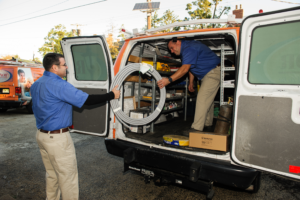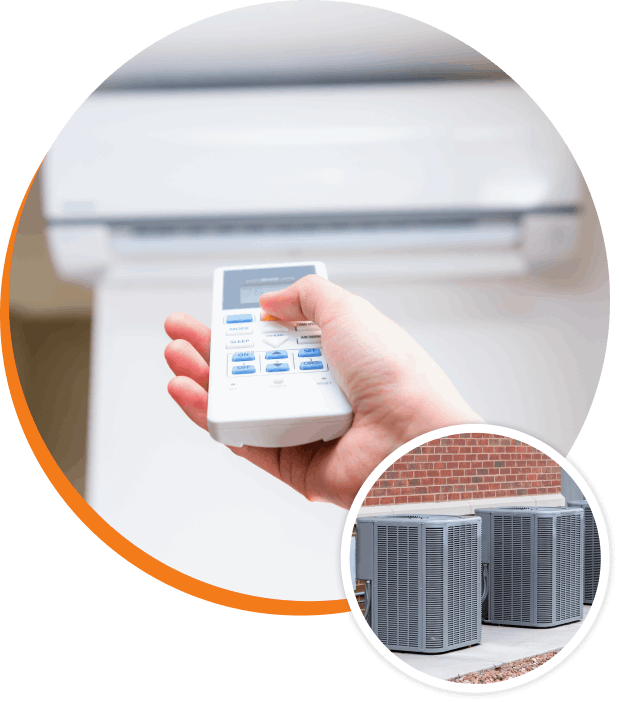To Try and Diagnose, Check Circuit Breaker and GFCI Outlets
Unfortunately, everyday household electrical applications – like outlets – will eventually break and need repair. They are used so much during day-to-day activities that the wear and tear gets the best of them.
Despite that inevitability, there may still be something you can do to diagnose, and possibly fix, the problem if you notice that an outlet has stopped providing power to your appliances.
The first thing you’ll want to do is check to see if there are other outlets in your home that are dead. If there are, make note of where they are so you can check them again later. You’ll also want to unplug any devices from the dead outlets to prevent a short or overload.
Then, you’ll want to check the circuit breakers for a tripped breaker or blown fuse. If you can’t tell if you have a tripped breaker, press every breaker to the “off” position, then switch them back on. If the tripped breaker won’t reset without tripping again, you could have a potentially dangerous short circuit or ground fault condition. Switch the circuit breaker off until you locate the problem.
If you’ve turned the breaker off, the next thing you can check is your Ground Fault Circuit Interrupters (GFCIs) to see if they have been tripped. If the GFCI “reset” button doesn’t pop out when you press the “test” button, then there may be no power to the GFCI. But also watch for the “reset” button tripping each time you press it because that could mean you have a dangerous leak somewhere on the circuit.
The last thing you can do is remove the outlet from the box and look for lose connections. Of course, if you don’t feel comfortable messing around with something like that then calling a technician is your best option.
If you have tried all of the above and still don’t have power coming to your outlets, or you’d just rather have a professional come out and take a look, call Raynor Services today!




